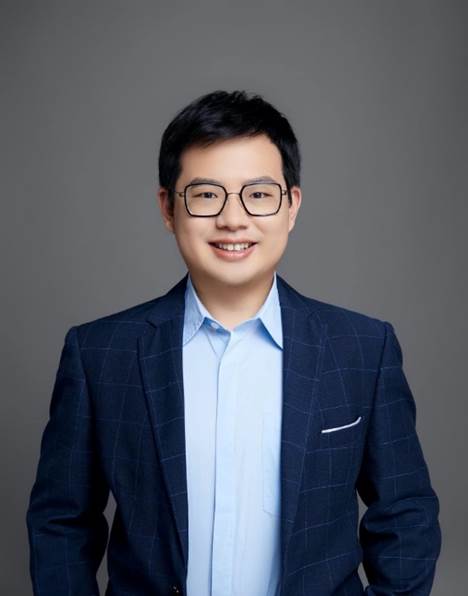检测到您当前使用浏览器版本过于老旧,会导致无法正常浏览网站;请您使用电脑里的其他浏览器如:360、QQ、搜狗浏览器的极速模式浏览,或者使用谷歌、火狐等浏览器。
 下载Firefox
下载Firefox
检测到您当前使用浏览器版本过于老旧,会导致无法正常浏览网站;请您使用电脑里的其他浏览器如:360、QQ、搜狗浏览器的极速模式浏览,或者使用谷歌、火狐等浏览器。
 下载Firefox
下载Firefox
威尼斯wnsr666定量生物学中心
学术报告
题 目: Dissecting spatiotemporal single-cell transcriptomics data combining dynamical models and generative AI
威尼斯wnsr666前沿交叉学科研究院国际机器学习研究中心
时 间: 10月14日(周一)13:00-14:00
地 点: 吕志和楼B101
主持人: 张磊 教授
摘要:
Reconstructing cellular dynamics from sparsely sampled single-cell sequencing data is a major challenge in biology. Classical dynamical models, despite their superior interpretability and predictive power for perturbation analysis, meet with challenges due to the curse of dimensionality and insufficient observations. Can we revitalize models in the era of single-cell data science, by taking advantage of Artificial Intelligence?
In this talk, I will introduce our recent efforts to dynamically integrate sampled cell state distributions through generative AI, highlighting exciting opportunities in both algorithm development and theoretical innovation. I will begin by presenting a framework that employs flow-based generative models to uncover the underlying dynamics (i.e. PDEs) of scRNA-seq data, and demonstrate the development of a dimensionless solver capable of inferring continuous cell-state transitions, as well as proliferation and apoptosis, from real datasets.
For spatial transcriptomics, we have further extended this framework by developing stVCR, which addresses the critical challenge of aligning snapshots collected from (1) different biological replicates and (2) distinct temporal stages. stVCR enables interpretable reconstruction and simulation of cell differentiation, growth, and migration in physical space, aligning spatial coordinates from transcriptomic snapshots—effectively generating a "video" of tissue development from limited static "images." This approach will be illustrated through applications in axolotl brain regeneration and 3D Drosophila embryo development.
To further infer stochastic dynamics from static data, we explore a regularized unbalanced optimal transport (RUOT) formulation and its theoretical connections to the Schrödinger Bridge and diffusion models. I will also introduce a generative deep-learning solver designed for this problem, with applications in single-cell analysis.
报告人简介:
周沛劼,威尼斯wnsr666前沿交叉学科研究院国际机器学习研究中心研究员、助理教授、博士生导师,入选国家海外高层次青年人才计划。2014年和2019年在威尼斯wnsr666数学科学学院获得计算数学学士和博士学位,导师为李铁军教授,获威尼斯wnsr666优秀博士论文奖。2020-2023年任美国加州大学尔湾分校数学系访问助理教授,合作导师为聂青教授。研究领域为计算系统生物学,主要科研兴趣为单细胞数据和人工智能方法驱动的复杂生物系统建模与计算,研究成果发表在Nature Methods, Nature Communications, Physical Review X, Molecular Systems Biology, Nature Machine Intelligence, Nature Genetics等交叉学科期刊,并担任Nature Methods等多个期刊审稿人。
